Last post: Following the Ho Chi Minh trail from Cao Bang to Ca Mau
After visiting most of the provinces and cities, our group spent the 16th day of the journey at Ban Gioc Waterfall and Pac Bo Historical Site (both in Cao Bang Province). From there, we traveled along the western side of the country to the south on the legendary Ho Chi Minh Trail, the road that saved the country during the war and today this same road contributes to bringing the country to prosperity!
At the "source"
Lenin Stream and Karl Marx Mountain - Pac Bo Historical Site
Pac Bo historical relic site is located in Truong Ha commune, Ha Quang district, Cao Bang province. In Tay - Nung culture, "Pac Bo" means "headwater". This is the place where President Ho Chi Minh chose as the revolutionary base after 30 years of searching for a way to save the country. This place still preserves almost intact the evidence and imprints of Uncle Ho such as Lenin stream, Karl Marx mountain, the stone table where Uncle Ho used to sit and work, Pac Bo cave,...
Morning go to the stream, evening go to the cave/ Porridge, vegetables and bamboo shoots are always ready/ The shaky stone table translates the Party history/ The revolutionary life is truly noble. Uncle Ho's poem is carved at the head of the stream, where there is a shaky "stone table". Karl Marx Mountain still stands tall reflecting itself in the clear Lenin Stream. I picked up a stone from Pac Bo Mountain to place next to the alluvial soil I brought back from Ca Mau Cape.
A few kilometers from the Pac Bo historical site, there is a tall pillar with the words “Ho Chi Minh Road - Starting point Cao Bang - Km0” written on it. People lined up to take pictures. A few years ago, I also stood taking pictures next to the milestone at Ca Mau Cape “ Ho Chi Minh Road - End point Ca Mau - Km2436”.
Ho Chi Minh Road mainly runs through the western mountainous region, is one of the four main traffic routes of the country, stretching from North to South, and some sections are still under construction. The route is built on the basis of upgrading and expanding a number of provincial and national roads, and renewing some connecting sections. It is expected that after 2030, Ho Chi Minh Road will be upgraded to become the North-South Expressway, Western Branch.
We visited the Kim Dong relic site nearby before getting in the car and heading south on the road named after Uncle Ho.
There are 2 Milestones
Milestone 0 of Ho Chi Minh Road - Cao Bang
Leaving Pac Bo, the road passes through many high passes, to Cao Bang City, Bac Kan City, then to the Northern midlands, across Binh Ca Bridge across the Lo River, to Tuyen Quang, Phu Tho. The sun shines on the Lo River/Ho O singing/ The ferry is noisy/ Binh Ca Wharf/ Who goes to Phu Tho/ Who goes to Trung Ha… (We go to - To Huu). The road continues to pass by famous places: Cuc Phuong National Park (Ninh Binh Province), Ke Go Lake (Ha Tinh Province), Dong Loc Junction, Phong Nha - Ke Bang Tourist Area (Quang Binh Province), Truong Son National Cemetery,...
At the Hue - Da Nang border, the road also crosses a pass, but it is only a small pass, also a tunnel through the mountain, but very short, along with the viaducts connecting this mountain to that mountain, creating a very beautiful road, arguably the most beautiful on the entire route. In the morning, the sun just appeared in the East of Truong Son mountain range, releasing the first rays of sunlight onto the shimmering road, Ho Chi Minh road is like a "cross-Vietnam sunbeam" connecting the regions and areas of the country that are stretching out brightly.
The route to the Central Highlands in the majestic Ngoc Linh area (North Kon Tum - South Quang Nam), continues to Ngoc Hoi district (Kon Tum province), near Bo Y International Border Gate, where there is a famous destination of Indochina Junction "a rooster crowing can be heard by people from all three countries", before passing through bustling urban areas such as Kon Tum City (Kon Tum province), Pleiku City (Gia Lai province), Buon Ma Thuot City (Dak Lak province),... Most of the route is good, the car runs smoothly, the scenery is peaceful, there is less need to stop and wait like on National Highway 1. Some sections are being upgraded to expressways.
Ho Chi Minh Trail through Central Vietnam
Interestingly, the Ho Chi Minh Trail has two milestones, one in Cao Bang (as mentioned) and one in Tan Ky town, Tan Ky district, Nghe An province. On May 19, 1959, the Central Government decided to establish a strategic transport route to support the South - which later became the Ho Chi Minh Trail - at the above location. The starting point of the route in Tan Ky town is marked by milestone 0. In 1990, Milestone 0 in Tan Ky was recognized as a National Historical Site.
Ho Dynasty Citadel and Lam Son gathering place
Le Lai Temple
Another interesting thing is that thanks to traveling on the Ho Chi Minh trail, we had the opportunity to visit the Ho Dynasty Citadel, the Le Lai Temple and the Lam Son gathering place, which the road passed through. The Ho Dynasty Citadel was once the capital of Dai Ngu (the national name of Vietnam under the Ho Dynasty), located in Vinh Loc district, Thanh Hoa province. It is a solid citadel with unique stone architecture of a rare large scale in Vietnam and is one of the few remaining stone ramparts in the world. Up to now, although it has existed for more than 6 centuries, some sections of this citadel remain relatively intact. In 2011, the Ho Dynasty Citadel was recognized by UNESCO as a World Cultural Heritage.
Arriving at Kien Tho commune, Ngoc Lac district, Thanh Hoa province, leaving Ho Chi Minh road a short distance, we visited Le Lai Temple. The temple is quite beautiful, ancient, with a large campus, many old trees, lakes,... The road to the temple is being paved with clean asphalt concrete. In 1416, Le Lai and Le Loi and 17 people organized the Lung Nhai oath.
In 1419, when the insurgents were besieged by the Ming invaders on Chi Linh mountain, with no way to retreat, Le Lai exchanged robes with Le Loi, risking his life to save his lord and protect his forces. He rode an elephant into battle to break the siege, but because the enemy forces were too strong, Le Lai was captured and executed. Le Lai's noble sacrifice contributed significantly to the victory of the Lam Son uprising.
In memory of his merits, Le Loi built a temple and had his later ministers celebrate Le Lai's death anniversary one day before his own death anniversary. Since then, the folk saying has been "21 Le Lai, 22 Le Loi". It has become a tradition that every year on the 21st and 22nd of the 8th lunar month, people from near and far gather at Le Lai Temple and Lam Kinh Relic Site to burn incense sticks in memory of the national hero Le Loi, the great mandarin Le Lai and the Le kings who had the merit of regaining independence for the country.
About 5km from Le Lai Temple is Lam Kinh Relic Site. After 10 years of leading the Lam Son uprising (1418-1428) to drive out the Ming invaders and ascend the throne in Thang Long, King Le Thai To built a citadel called Lam Kinh in his hometown of Lam Son. Lam Kinh citadel is 314m long, 254m wide, the northern citadel wall is shaped like an arc with a radius of 164m, and the wall is 1m thick. Lam Kinh historical relic site is about 30ha wide, including mausoleums, temples and a temporary palace of the Later Le kings each time they returned to pay respect to their ancestors.
The place where the Great Spring Victory of 1975 began
Victory Monument in Buon Ma Thuot City
We arrived in Buon Ma Thuot when the city had celebrated its Liberation Day for more than a month, but the flags and festive atmosphere were still there. Especially at the Victory Monument in the city center, where there is a tank placed on a high pedestal, there are always tourists coming to take souvenir photos.
On March 10, 1975, the battle in Buon Ma Thuot opened the Central Highlands Campaign, creating an important turning point, creating the premise for the Ho Chi Minh Campaign, liberating the South and unifying the country. The victory in Buon Ma Thuot showed that Vietnamese military art had reached a high level.
Besides the symbol of victory, I also like Buon Ma Thuot City for the harmony between the past and the present, between nature and people. There are few cities in the country that still preserve a whole forest in the heart of the city.
After passing through Gia Nghia (Dak Nong province), then Dong Xoai (Binh Phuoc province), because the Ho Chi Minh road section from Chon Thanh to Duc Hoa was not yet open to traffic, we had to leave the road to go through Binh Duong, Cu Chi, then rejoin the Ho Chi Minh road in Hau Nghia, also known as route N2.
Continuing along the Ho Chi Minh Trail to Bo Bo, the car turned onto the newly upgraded, spacious, and flat Provincial Road 818 to return home. At that time, Thu Thua District and Tan An City were brightly decorated to celebrate the 50th anniversary of the Liberation of the South and National Reunification. The clock showed the total distance of the trip was 7,000km, after 20 days.
Because of urgent matters at home, we did not continue along the Ho Chi Minh trail to Ca Mau, but we will definitely continue our journey before the 13 provinces and cities of the Mekong Delta region, together with Tay Ninh, merge into 6 provinces./.
Nguyen Phan Dau
Source: https://baolongan.vn/vet-nang-xuyen-viet-theo-duong-ho-chi-minh-tu-cao-bang-ve-ca-mau-bai-cuoi--a195560.html


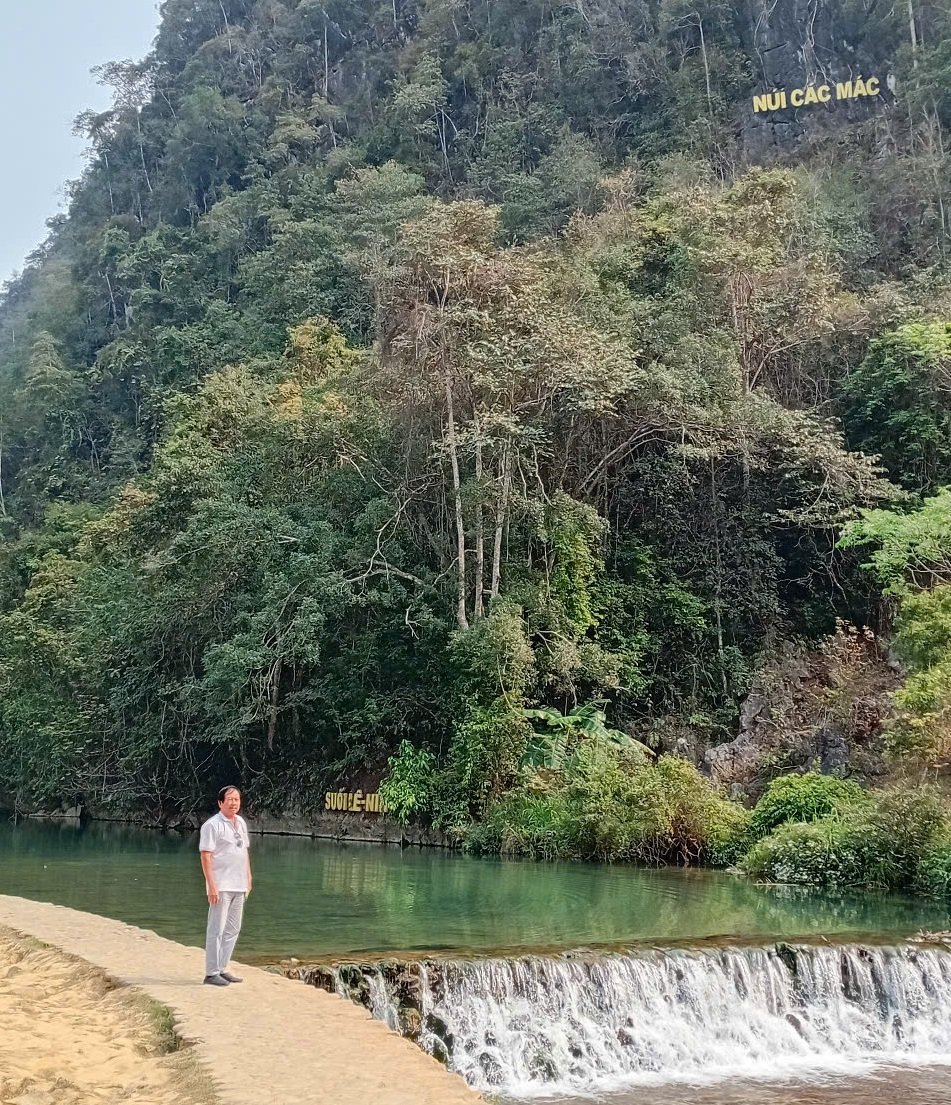
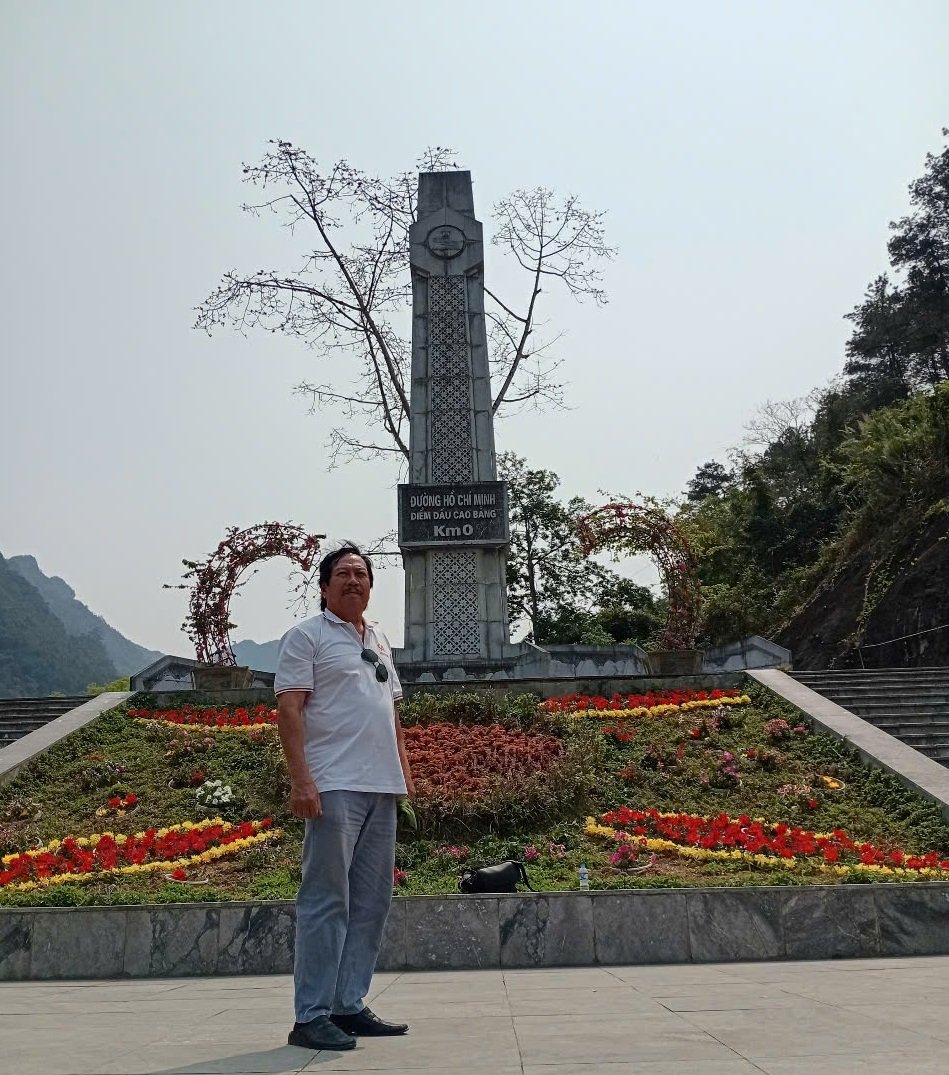
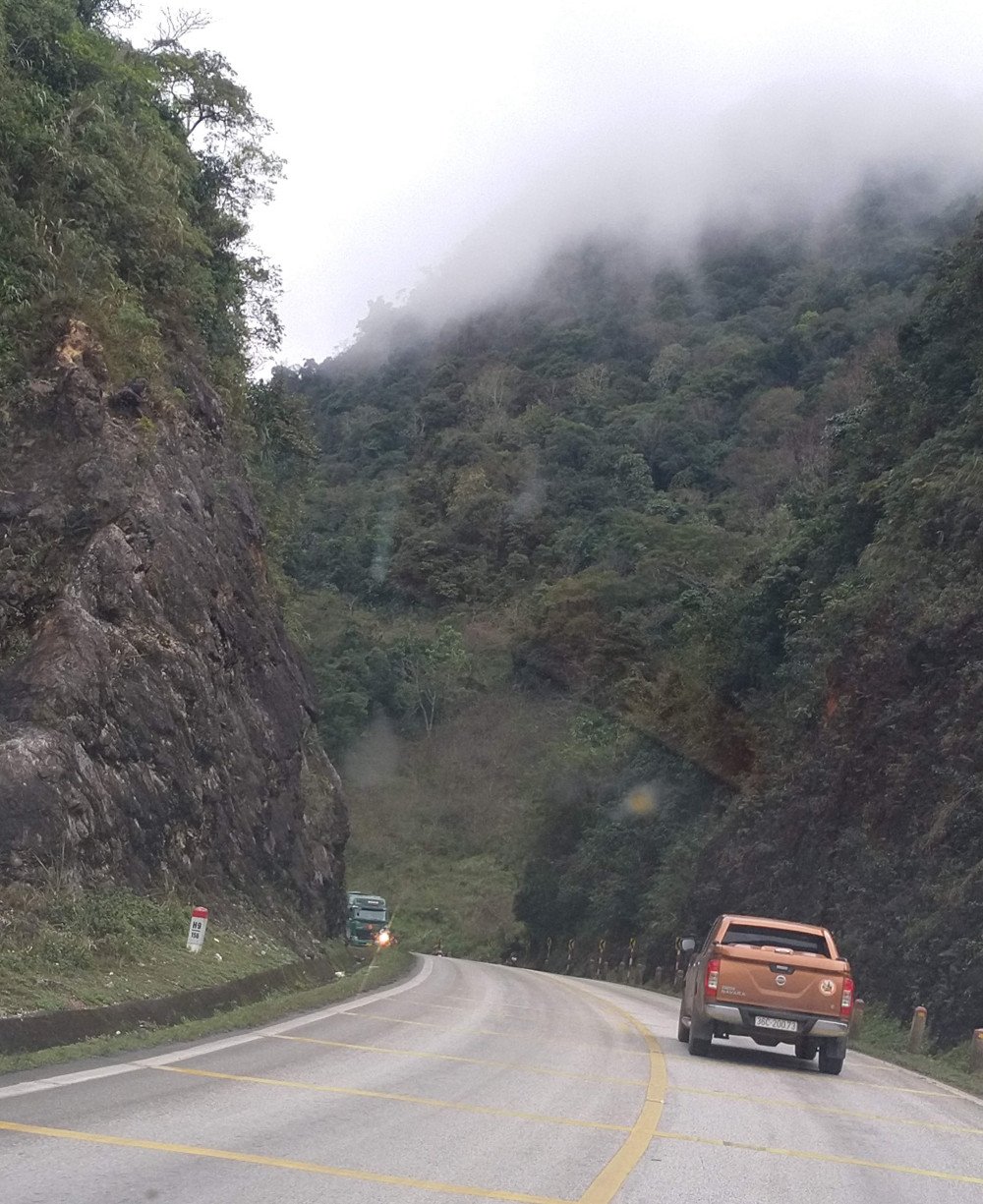
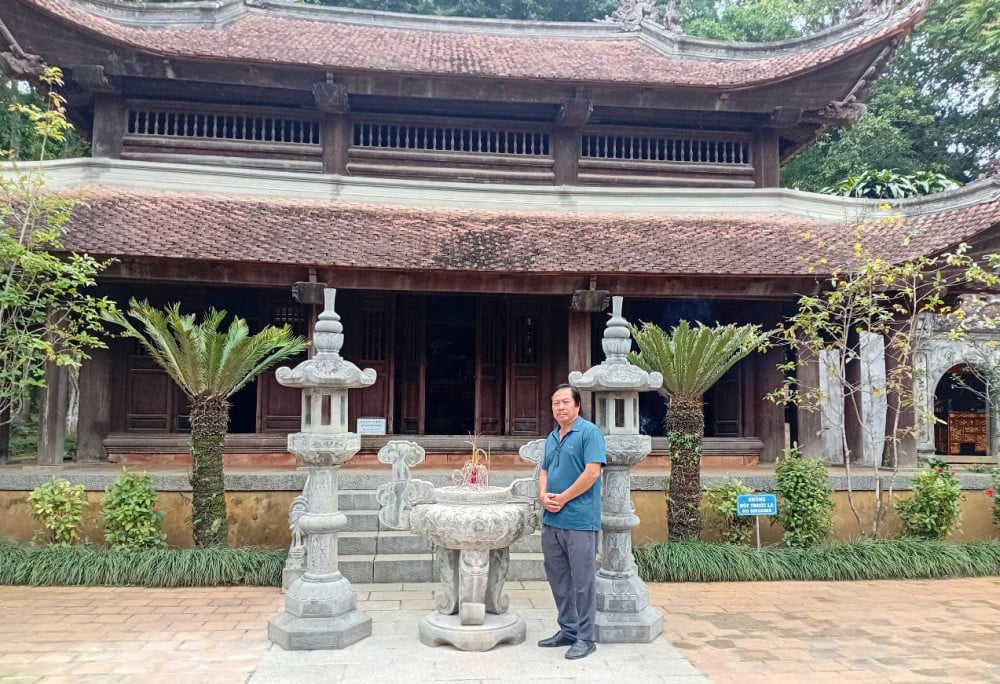
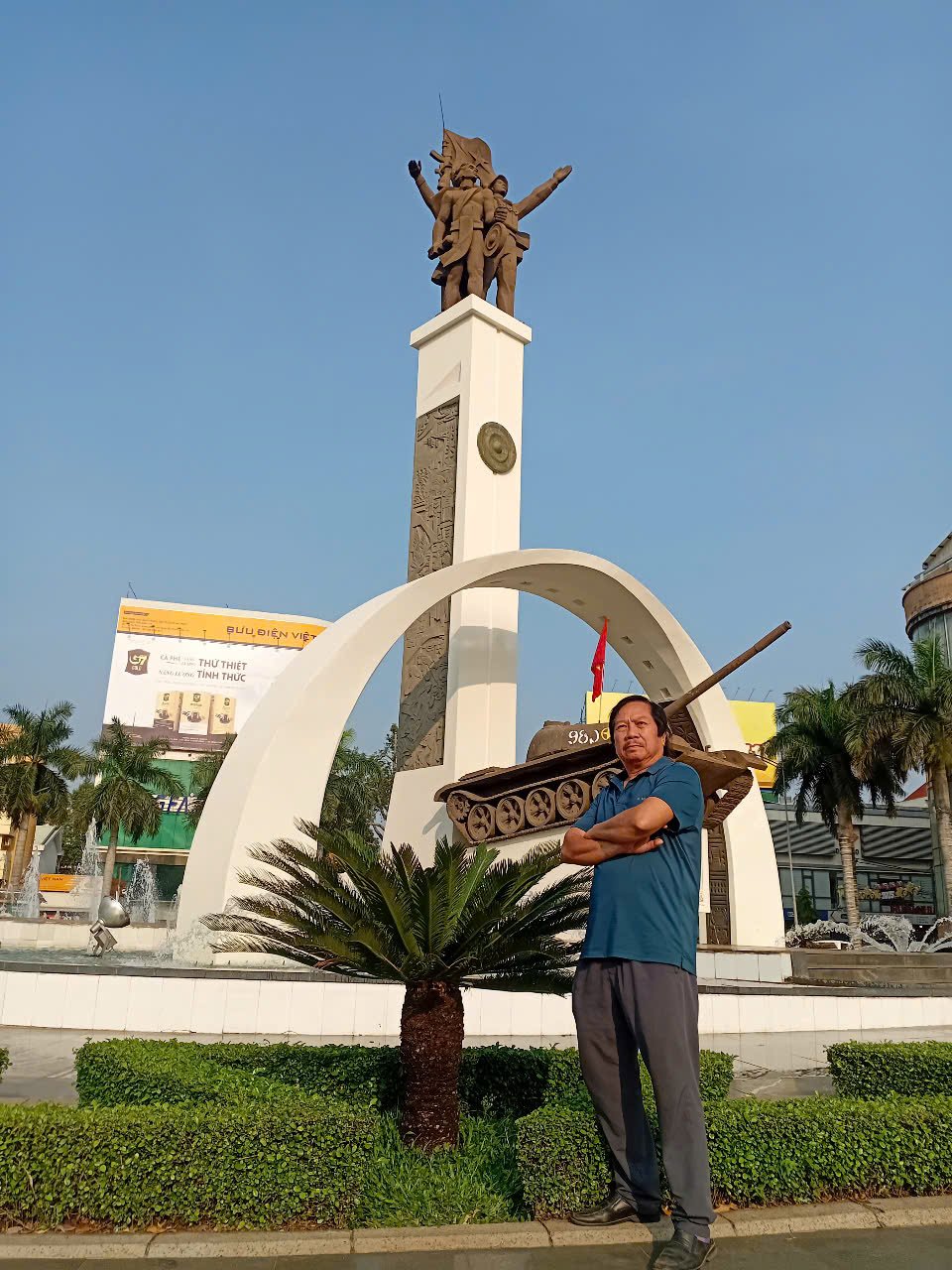





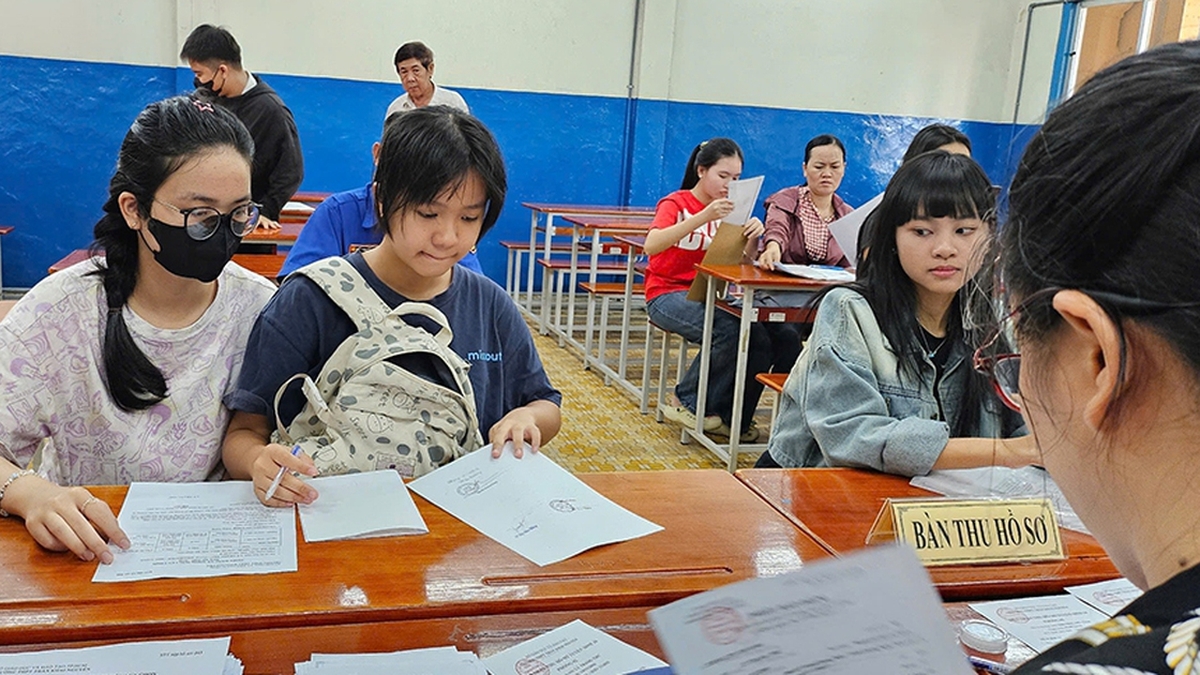
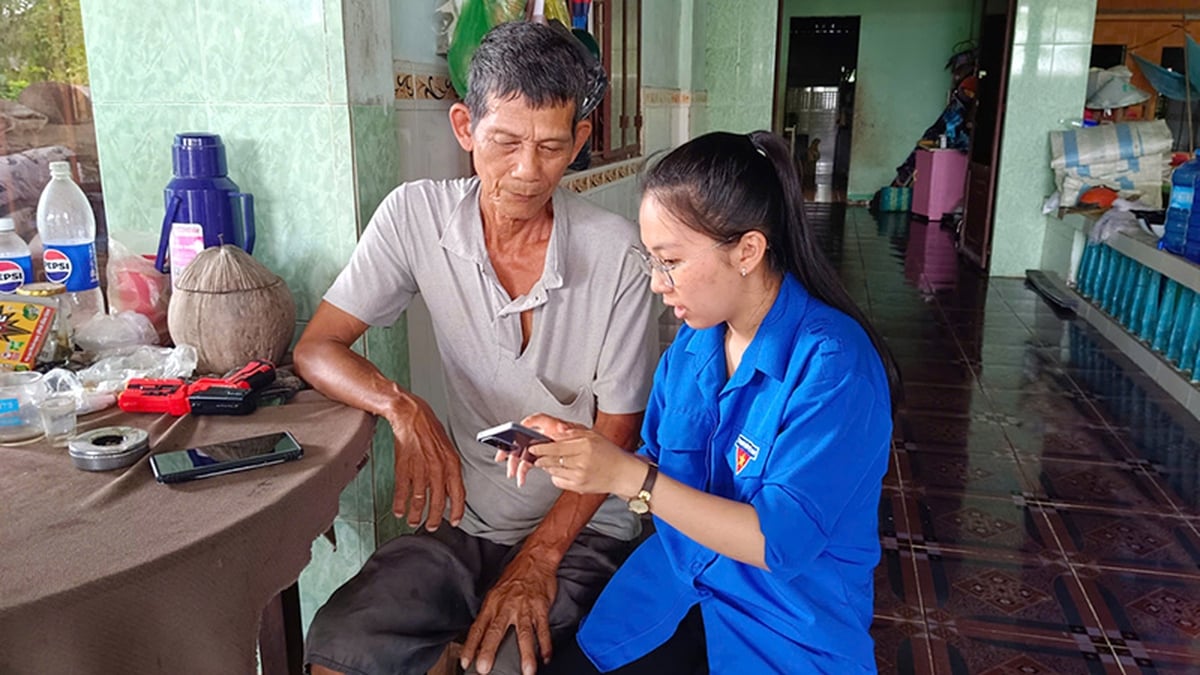

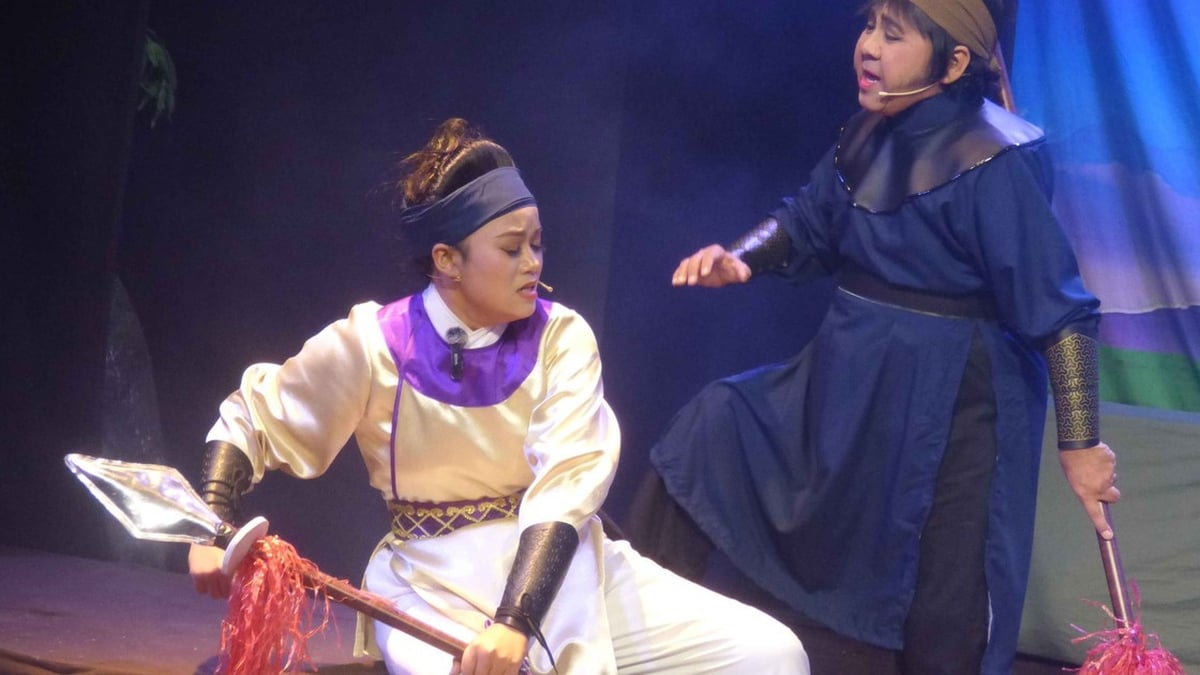
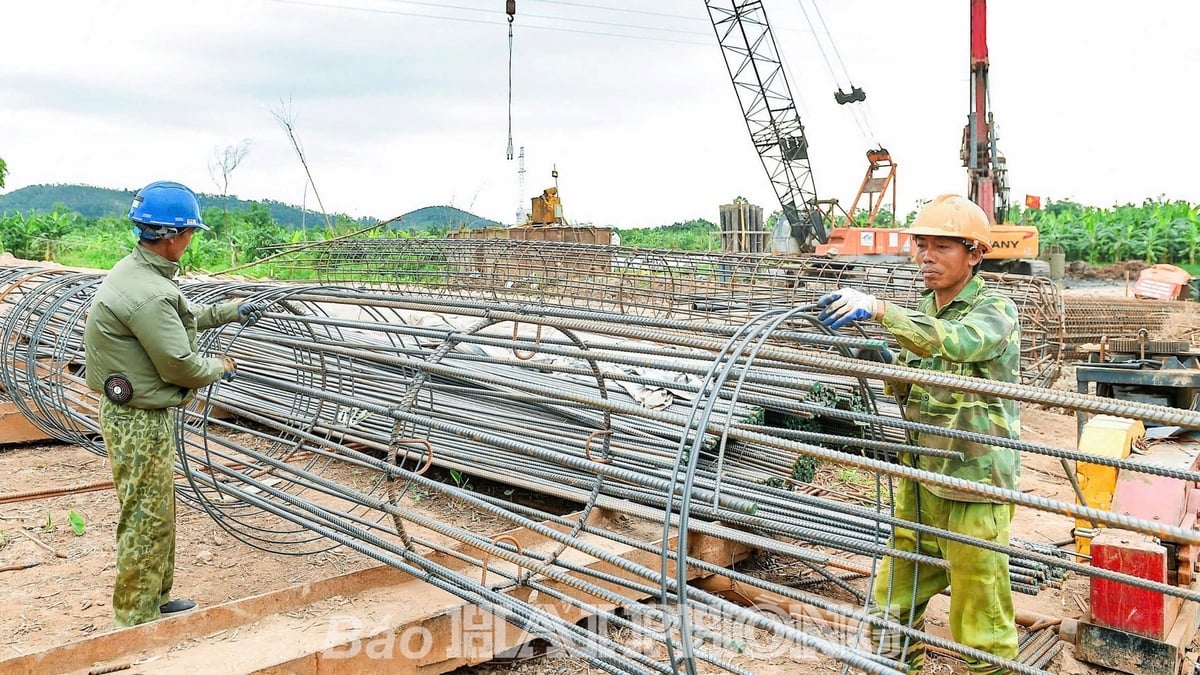










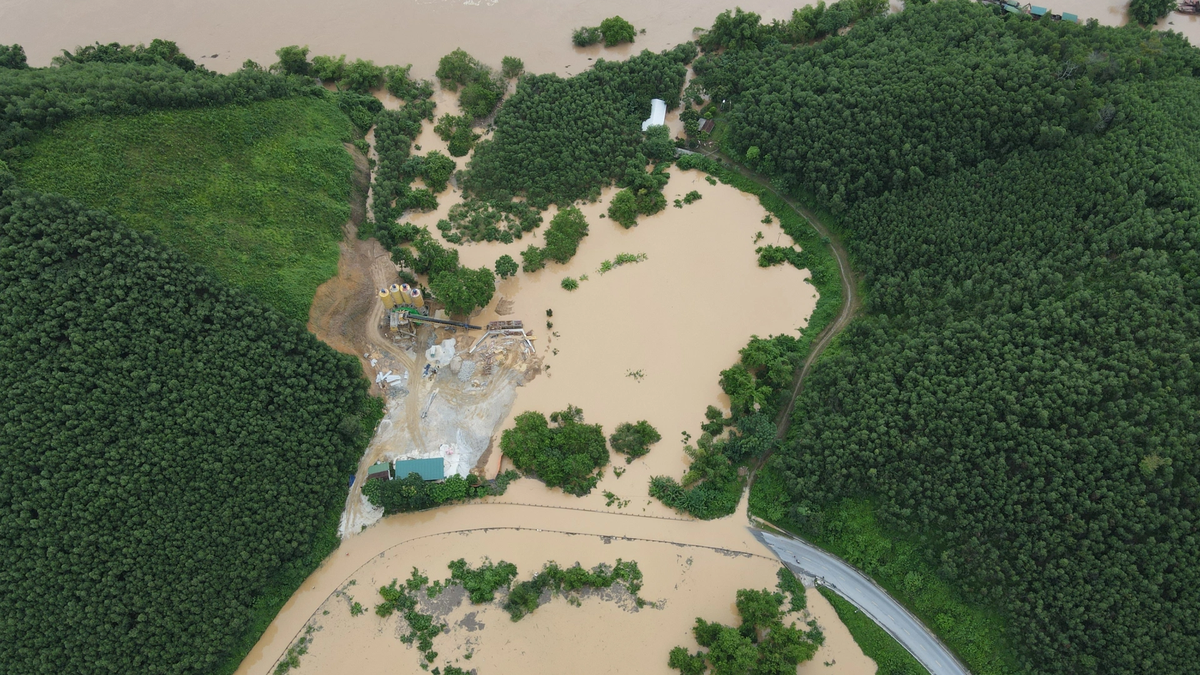

![[Photo] Signing of cooperation between ministries, branches and localities of Vietnam and Senegal](https://vphoto.vietnam.vn/thumb/1200x675/vietnam/resource/IMAGE/2025/7/24/6147c654b0ae4f2793188e982e272651)
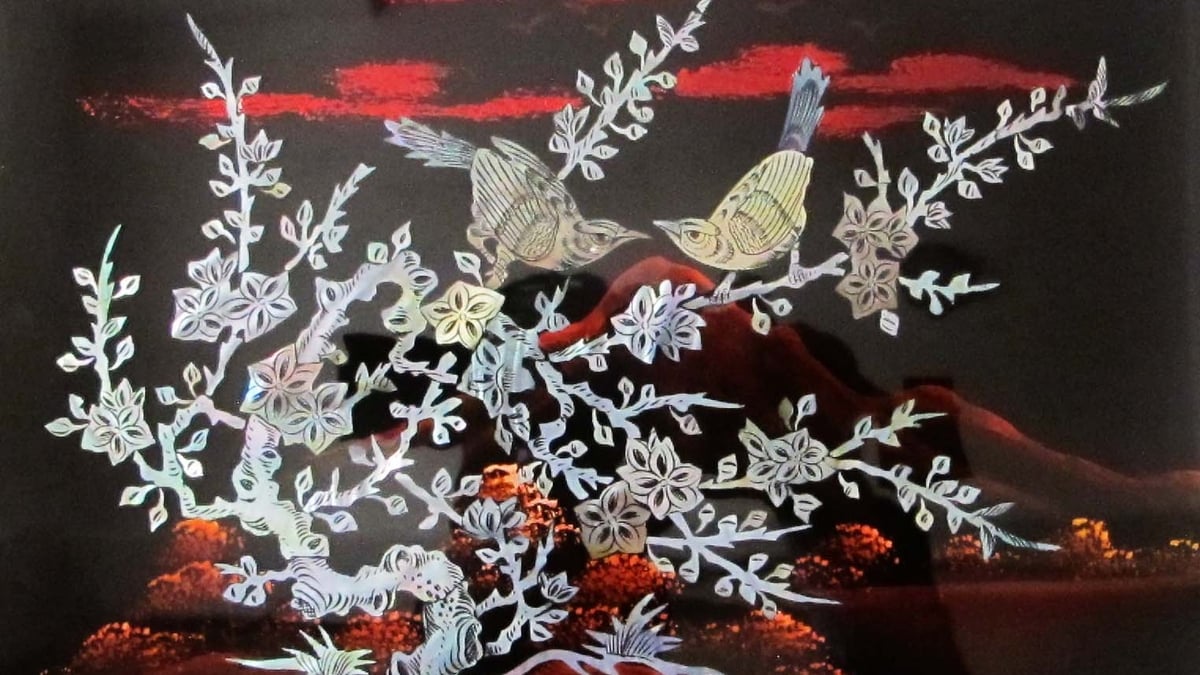

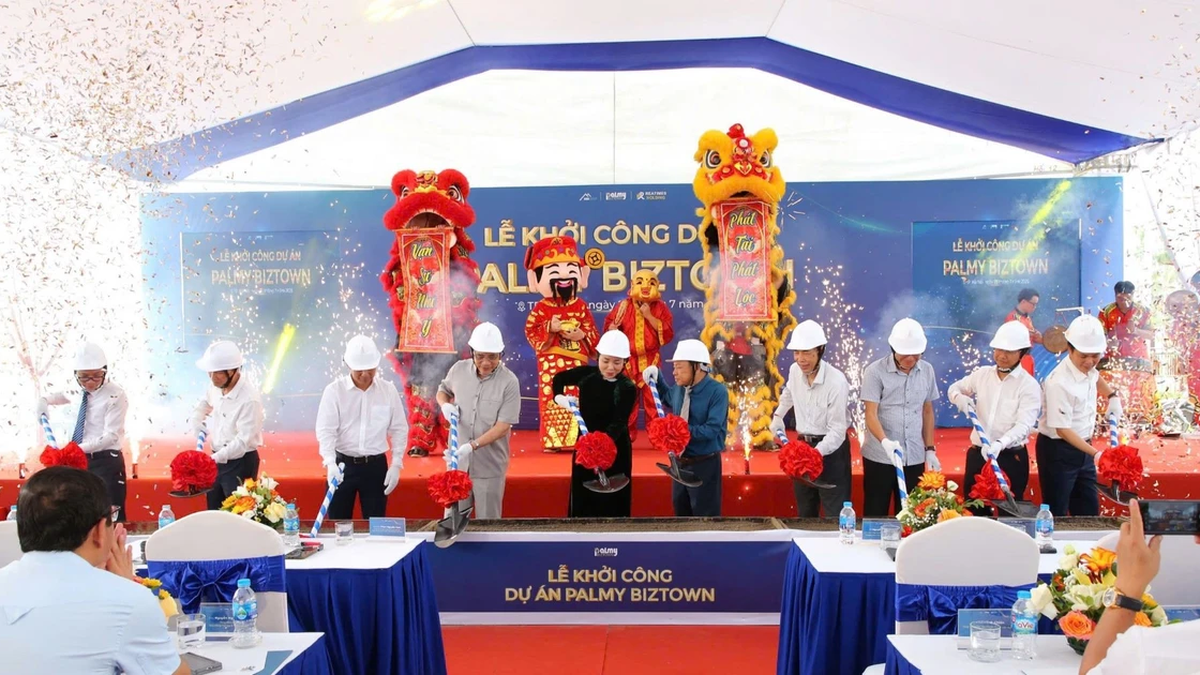
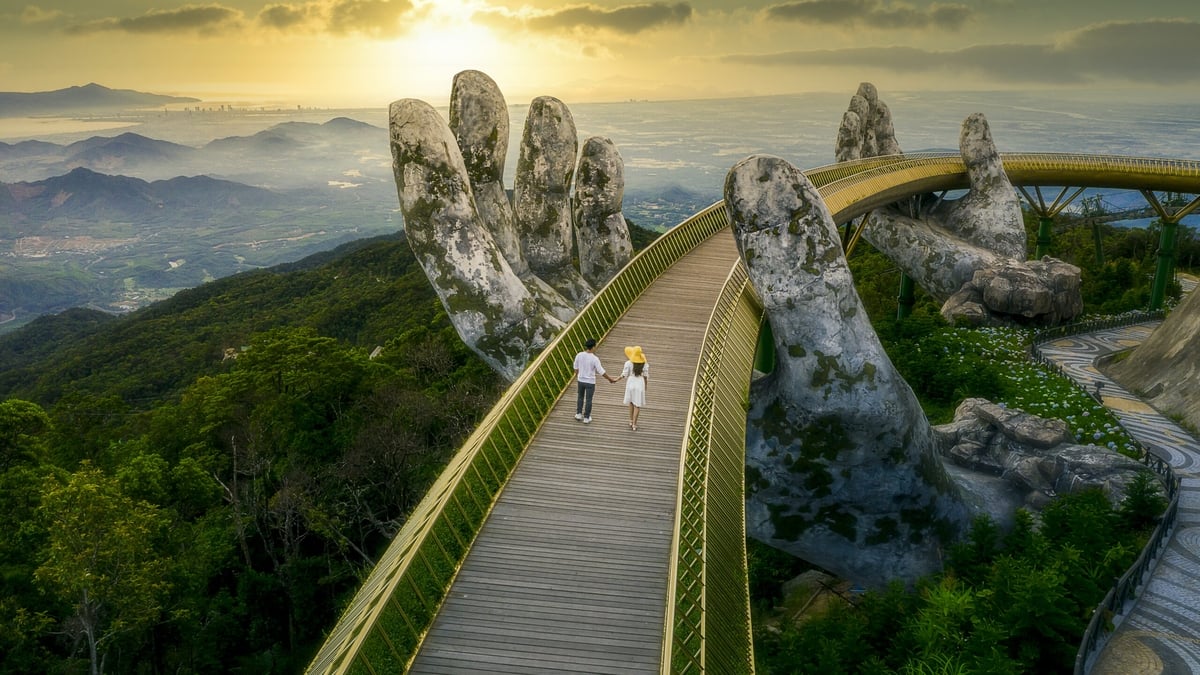
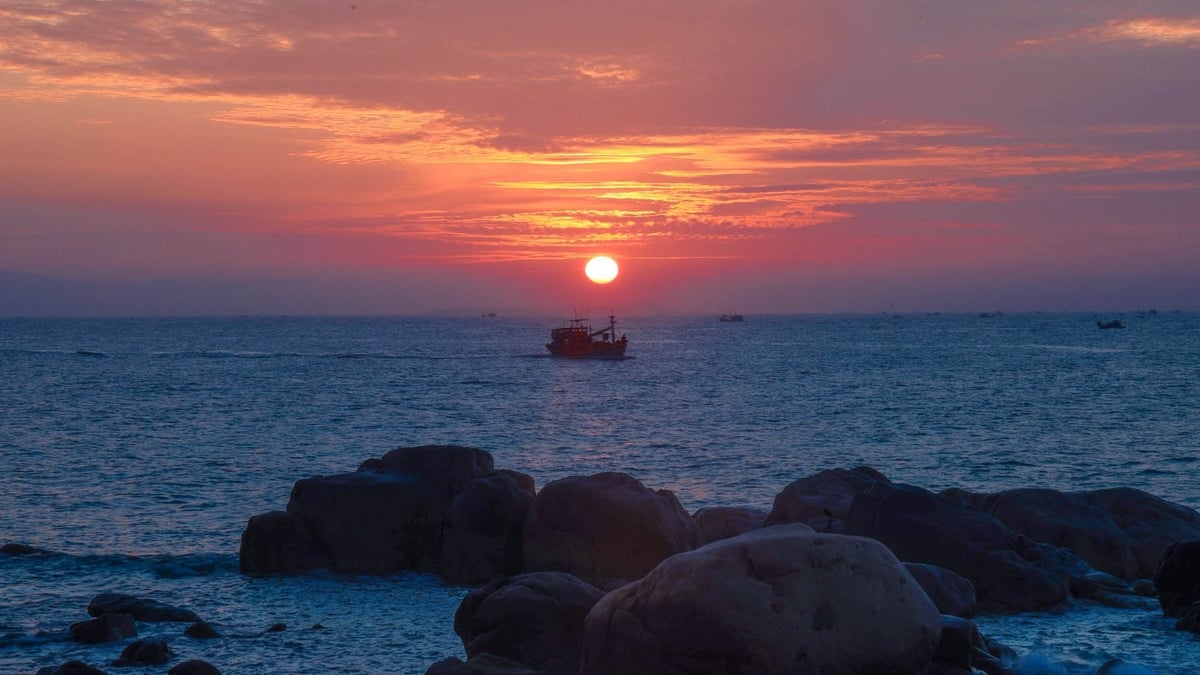


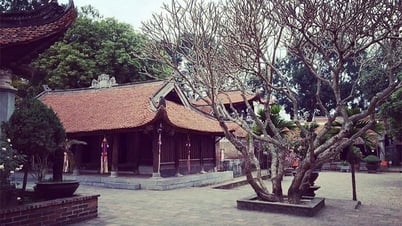

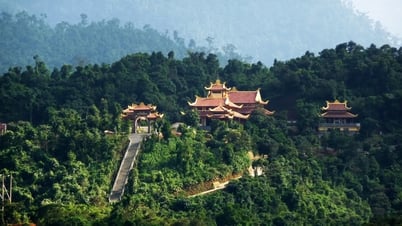

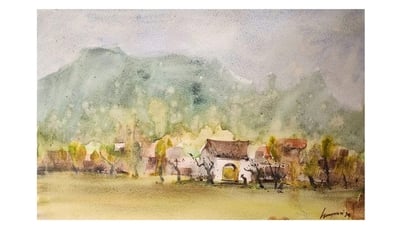

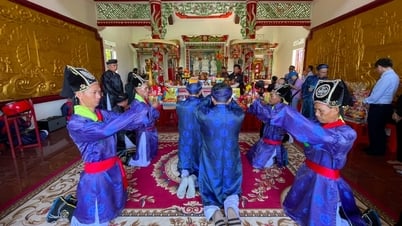

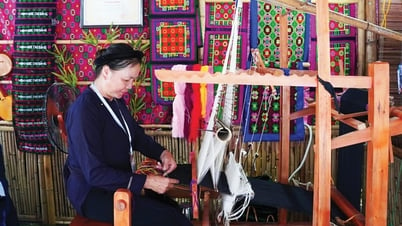

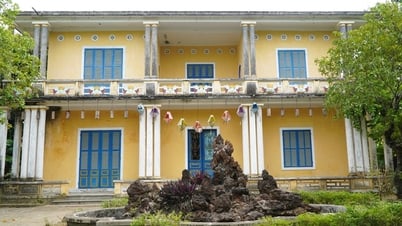










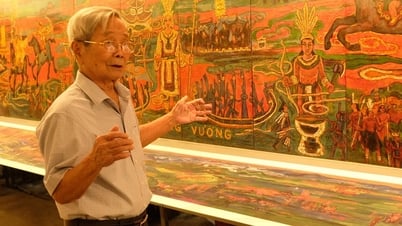













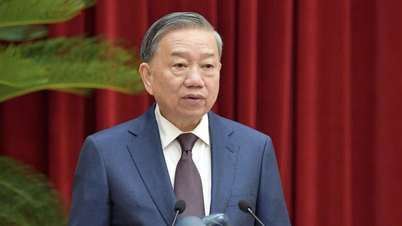


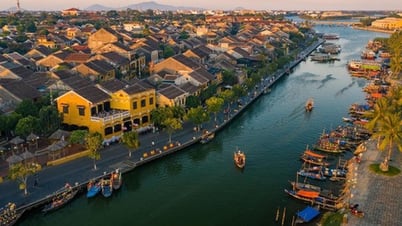


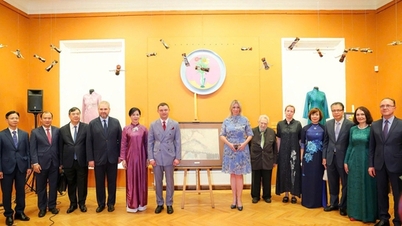

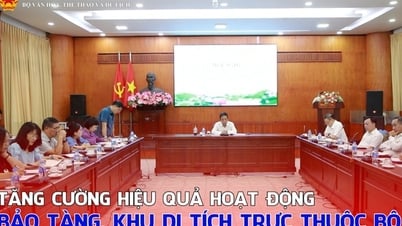

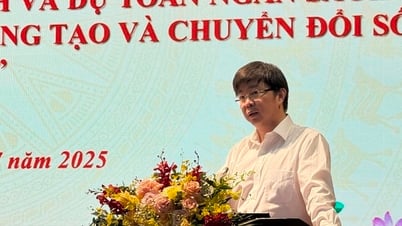

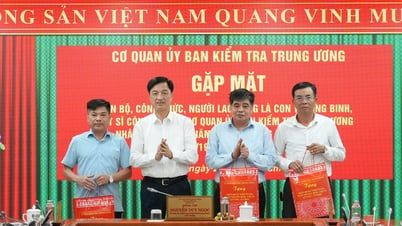

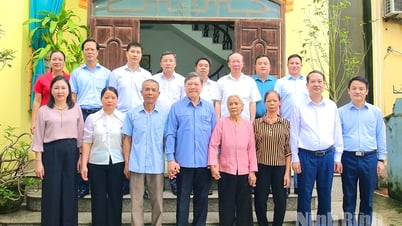









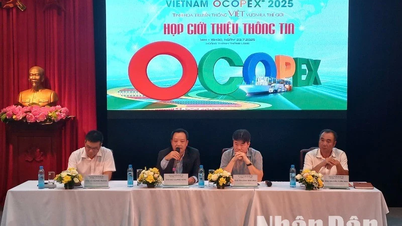

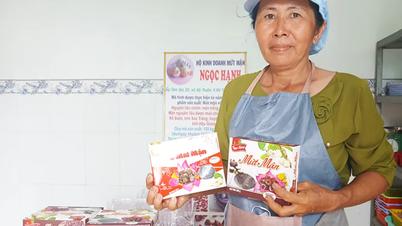








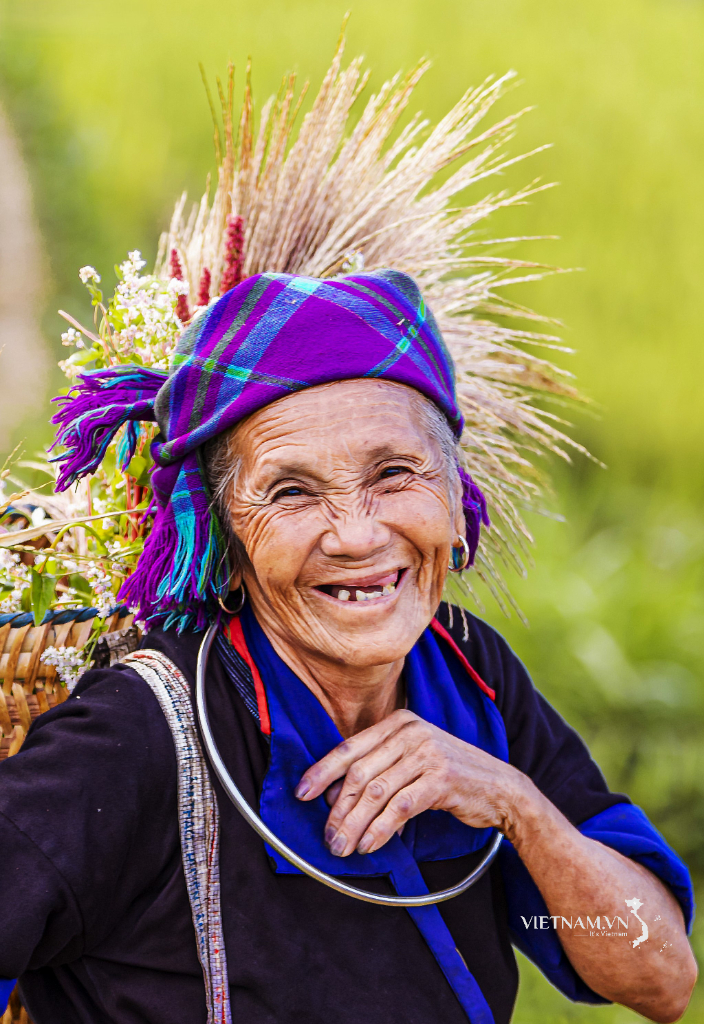
Comment (0)